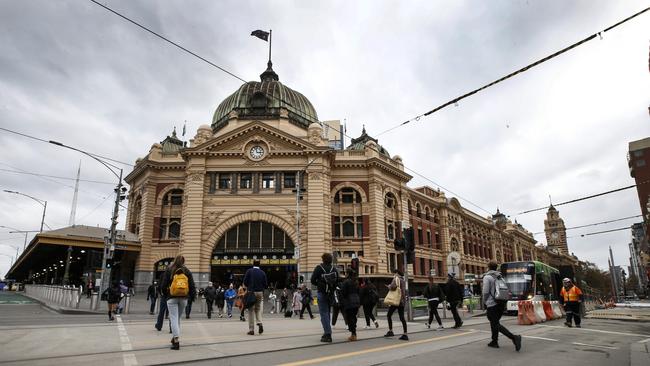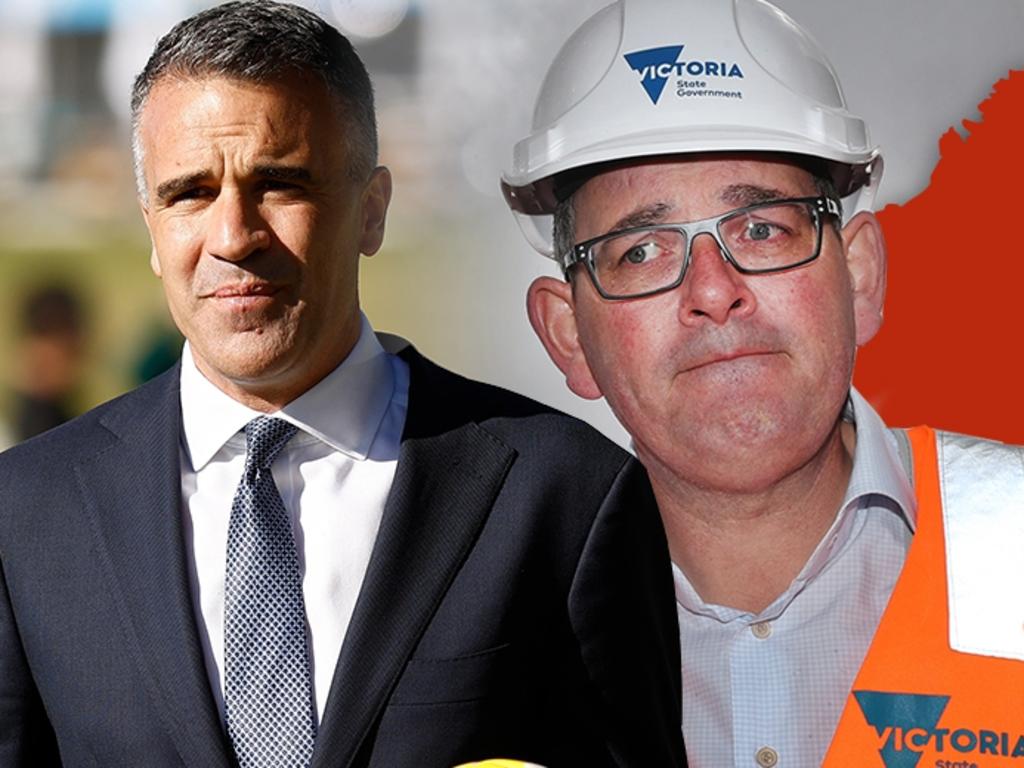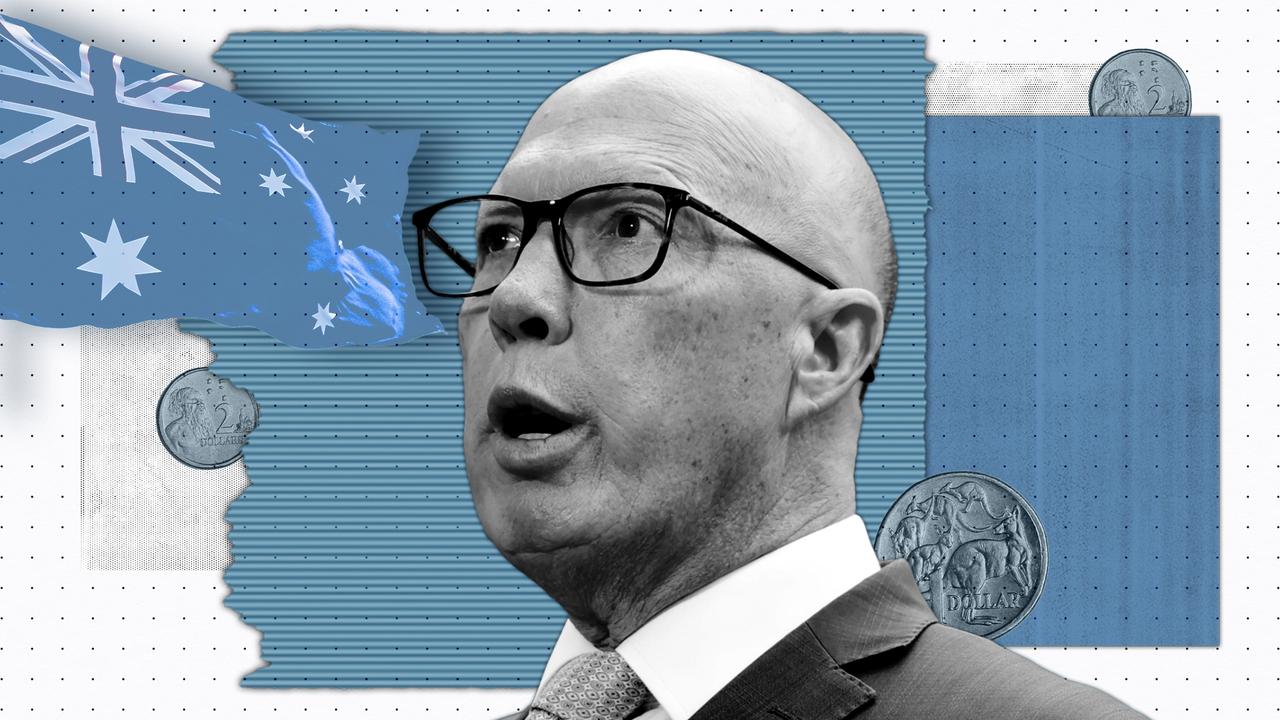State borrowing to reach record $600bn
Premiers are together set to borrow at twice the rate of the federal government this year in a spending spree that S&P Global Ratings says is adding to inflationary pressures.

States are set to accumulate a record $600bn in combined debt this year by borrowing at twice the rate of the commonwealth in a spending spree that S&P Global Ratings says is adding to inflationary pressures.
As monthly financial statements showed the federal government was on track to record a second straight surplus for this financial year, the ratings agency warned that the climbing cost of servicing ballooning state debt risked “creating a vicious feedback loop”, where deficit states “will borrow merely to meet interest outlays”.
Martin Foo, lead author of the report, told The Australian that while states and provinces in comparable countries were repairing their fiscal positions following Covid spendathons, there was no sign of such discipline among premiers and chief ministers here.
“One thing that sets Australia apart is that there are no binding, statutory or constitutional fiscal rules, just vague targets,” Mr Foo said. “The states just aim to stabilise debt or keep debt sustainable. It’s very vague and there are no penalties.”
While all the states and territories carry “stable” outlooks on their credit ratings, Mr Foo said he could “see a situation where over the half decade all these diagonally upward sloping lines (on debt) will cross certain thresholds and there will be downward pressure on credit ratings”.
“There doesn’t seem to be much appetite to rein in debt. The question is: does it continue in perpetuity?” he said.
In contrast, the federal Department of Finance’s monthly January report showed the budget was already tracking better than predicted in the December mid-year fiscal update.
The underlying cash deficit was at $22.4bn in the financial year to date, or $0.8bn ahead of Treasury’s most recent forecasts. With Treasury forecasting a skinny $1.1bn deficit in 2023-24, the latest data firms bets for a second consecutive surplus.
S&P calculates that the states and territories will have to sell as much as $100bn in bonds a year to plug deficits and refinance existing debt, or twice the $50bn at the federal level.
“That hasn’t happened in a long time, if ever,” Mr Foo said.
It’s a dramatic turnaround from three years ago, when states were issuing bonds at half the rate of the commonwealth.
The lack of hard fiscal rules meant “there are no real constraints on the size of deficits and debt,” Mr Foo said. “Each state government in isolation has little impact on the macroeconomy, but together they add to inflationary pressures by competing for the same pool of engineers, labourers, and tradespeople.”
The S&P report highlights the record $8.2bn in subsidies, discounts and rebates in Queensland’s 2023 budget – an increase of 20 per cent on a year earlier.
Soaring infrastructure spending accounts for a large part of the extra spending and borrowing.
Governments in NSW and Victoria have tried to delay or trim spending plans to alleviate labour and material shortages that have led to massive cost blowouts and delays Queensland, however, is an outlier, with the 2023 budget boosting its spending on capital works by a “staggering” 55 per cent, S&P said.
Debt in NSW and Victoria will be approaching $250bn by mid-2027, S&P forecasts, multiples of the $50-60bn in the lead-up to the pandemic.
Queensland’s debt is projected to double to $150bn over the same time period.
Only Western Australia is set to show a falling debt burden over the coming years.
As WA and Queensland have enjoyed an extraordinary windfall from coal and iron ore royalties, the S&P report highlights the “great fiscal rift between Australia’s commodity haves and have-nots”.
In June 2020 at the depths of the pandemic downturn, Queensland treasurer Cameron Dick said “no government in Australia can think of delivering a surplus”.
“Three years later he presided over the biggest surplus in state history, courtesy of skyrocketing coal prices and a progressive new royalty regime,” S&P notes. Meanwhile, WA reaps the benefits of two minor miracles – the first an iron ore price that has stayed above $US100/tonne for most of last year, the second the favourable GST deal struck under the former government.








To join the conversation, please log in. Don't have an account? Register
Join the conversation, you are commenting as Logout